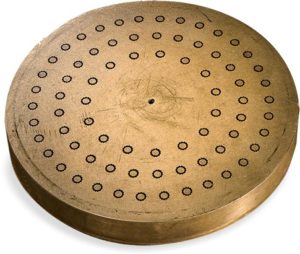Quality above all
Pasta Etna expresses the best of the regional pasta tradition also in the formats, from the classics to the most delicious, perfectly able to satisfy cooks, enthusiasts and gourmets and all bronze-drawn, according to the ancient pasta production method.

From traditional to the most delicious shapes
Long pasta ranges from spaghetti, an authentic Italian icon, to linguine and spaghetti squares, ideal for recipes with Mediterranean flavors.
The short pasta includes the most classic shapes, such as penne rigate, fusilli, mezze maniche, rigatoni and tortiglioni, which combine with endless recipes from land and sea, as well as the tastiest and creamy sauces.
Added to this are gigli, a small format that enhances the simplest sauces, traditional caserecce, for Sicilian recipes, and pennoni, a special format that goes well with vegetable-based sauces.
There is no shortage of Sicilian anelletti, protagonists of magnificent baked pasta, Sardinian gnocchi, unbeatable with meat sauces or with legumes, pipe rigate, excellent with fresh ricotta, and farfalle rigate, also perfect as a cold pasta.
Spaghetti 5
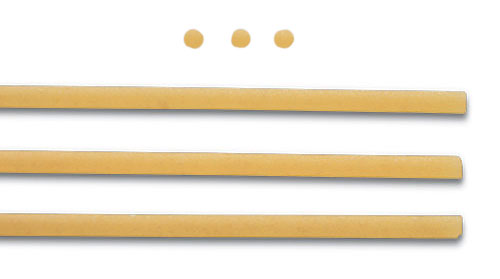
Linguine 7
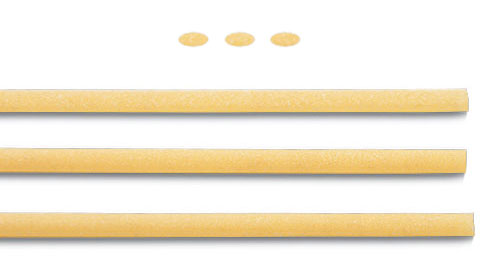
Spaghetti Quadri 12
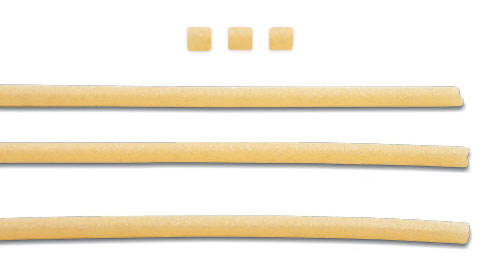
Anelletti Siciliani 33
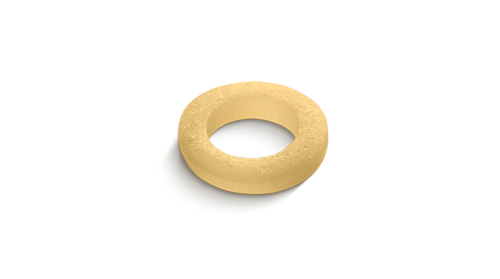
Gnocchi Sardi 34
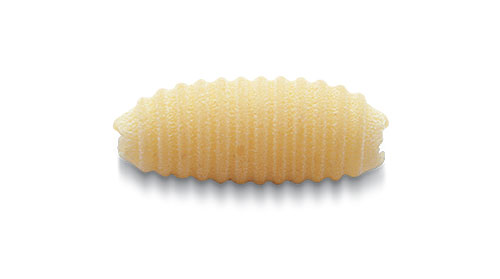
Pipe Rigate 35
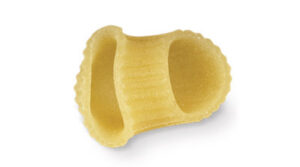
Penne Rigate 41
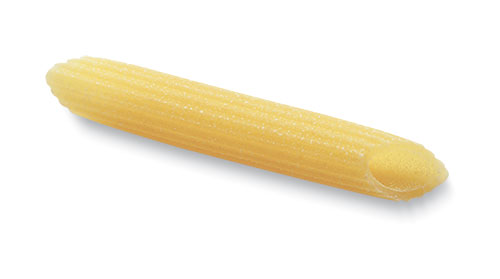
Pennoni 42
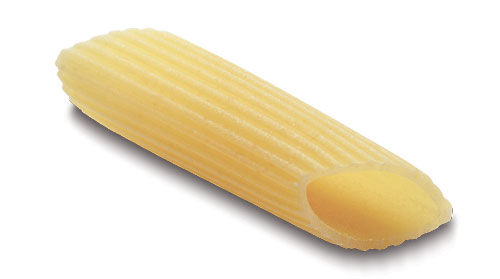
Casarecce 50
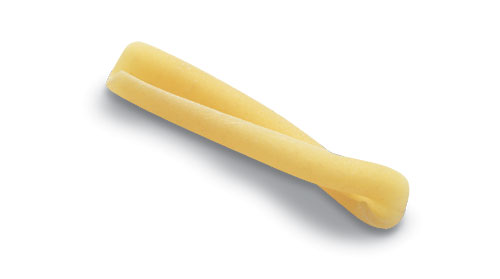
Fusilli 51
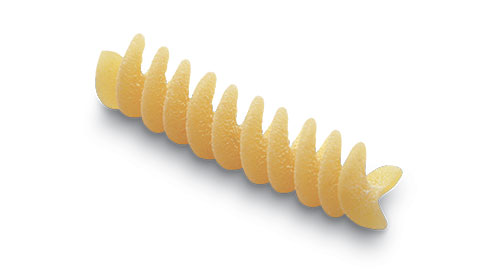
Mezze Maniche 53
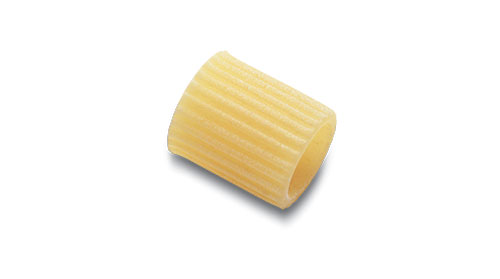
Rigatoni 54
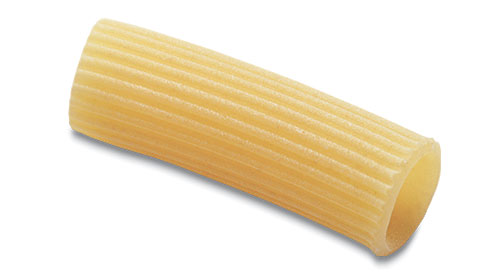
Tortiglioni 60
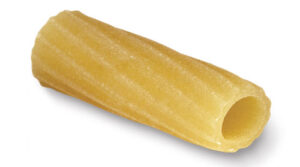
Fusilloni 67
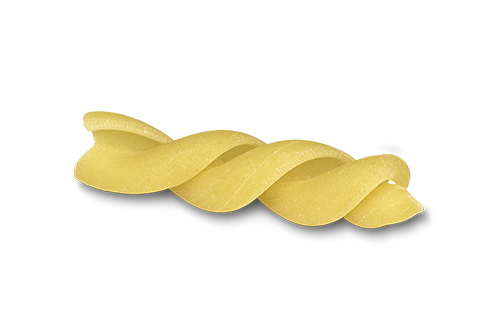
Farfalle Rigate 82
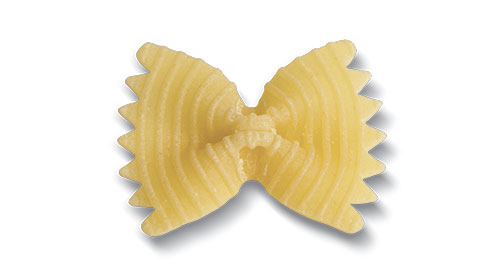
Gigli 86
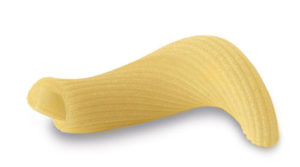
The bronze die and its tradition
But how old is this production method? The use of a die was already known in Sicily before 1500, when it was mentioned for the first time in a document. Then in the shops the dough of durum wheat semolina and water was pressed in a screw press, with a piston, which was then cut by hand after going through a copper die.
From 1700 onwards, bronze dies and round dies punctured in different ways depending on the size of pasta to be produced were spreading more and more. If in fact it is the material of the dies to qualify the structure of the surface of the pasta, bronze gives a truly ideal roughness.
